The event will be held on August 19th and will include an ecumenical service in the Lutheran church of Sopron, close to where 600 East Germans made it across the Austria border, leading to the fall of the Berlin Wall.
SEE ALSO: 30th anniversary: Four ways to commemorate the fall of the Wall in Berlin
The Hungarian government says that both Orban and Merkel are expected to give speeches but the chancellor's office has not confirmed that she will be taking part. Merkel was in attendance at the 20th anniversary of the event in 2009.
Moves to take down the fence along the border, which had for over two decades divided the West from the Communist bloc, begun in Hungary in May 1989.
On August 19th, the border was to be symbolically opened for three hours but minutes before the gates were opened, a crowd of East Germans broke through.
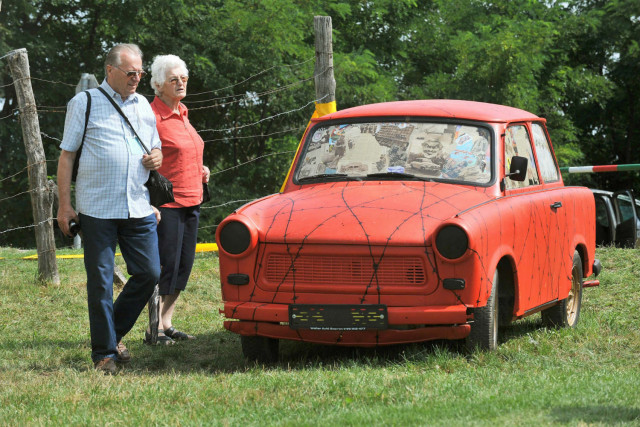
A couple walks past an East German Trabant, or 'Trabi', on the 20th anniversary of the Iron Curtain Picnic at a remaining section of the Iron Curtain in Sopron. Photo: DPA
The picnic represented the first massive exodus of East Germans to the west since the construction of the Berlin Wall in 1961 and was seen as a key factor in the fall of the wall itself three months later.
The picnic was organized by Hungarian opposition parties under the patronage of Imre Pozsgay, a prominent reformist member of the Communist party Politburo, and Otto von Habsburg, the president of the International Pan-European Union and son of the last Austro-Hungarian emperor.
The Hungarian government officially opened the border on September 11, 1989
after which an estimated 50,000 East Germans fled to Austria.

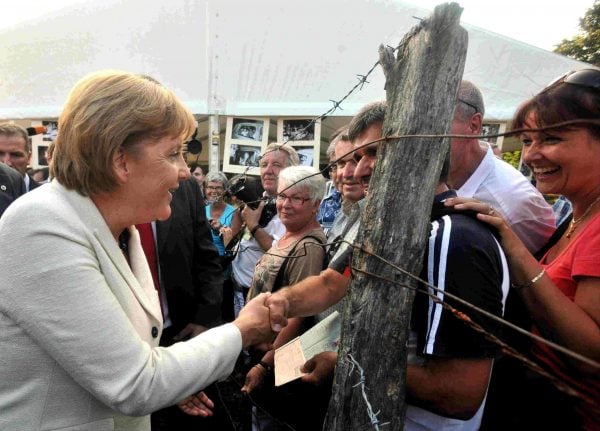
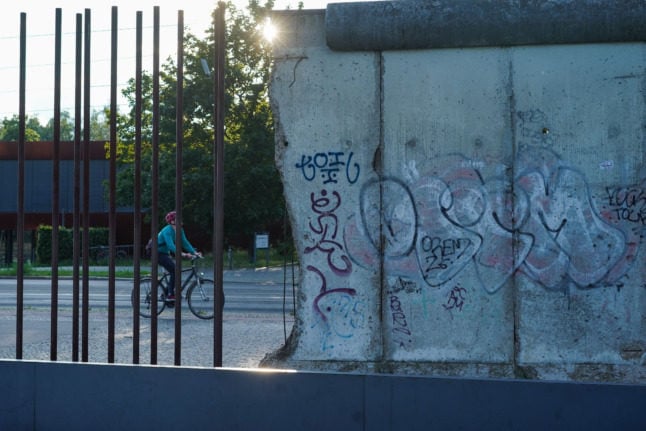
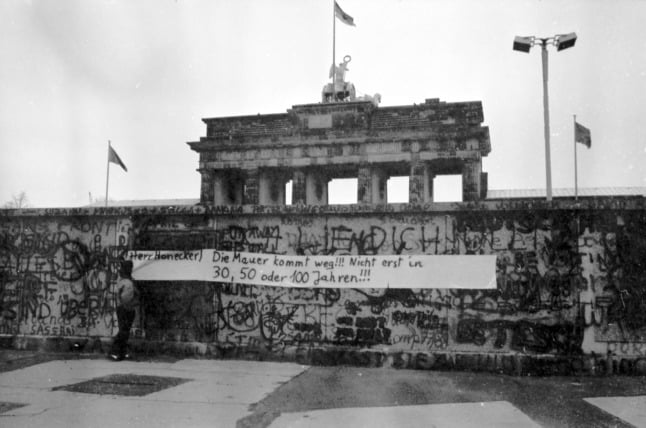
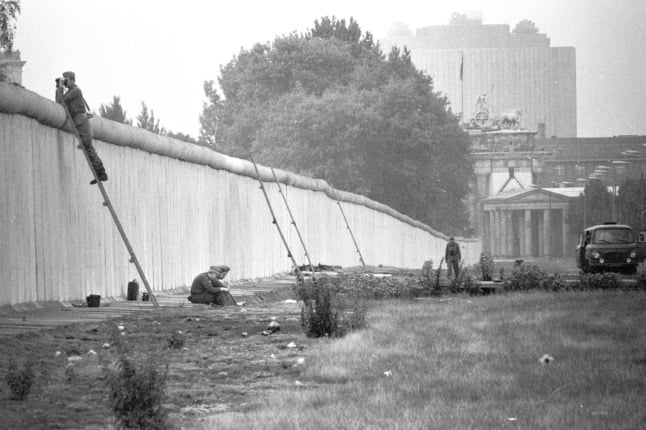
 Please whitelist us to continue reading.
Please whitelist us to continue reading.
Member comments